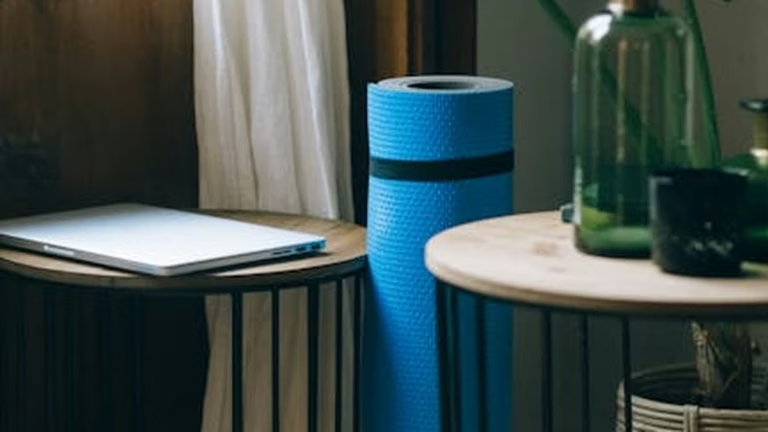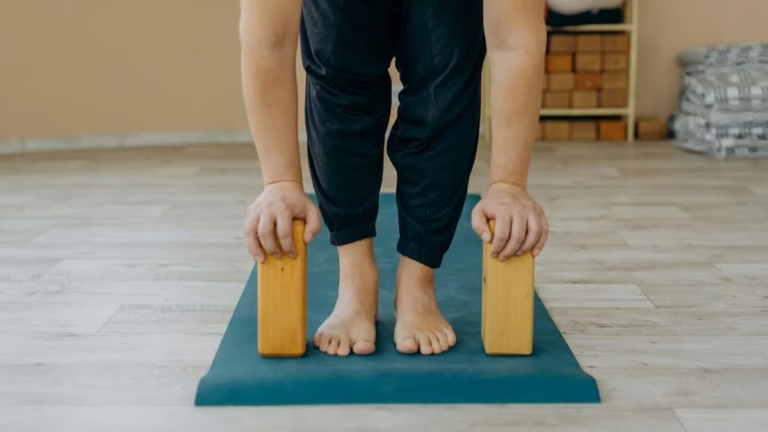DST Sleep: Smooth Adjustment Tips
Understanding Sleep DST and Its Impact
Daylight Saving Time (DST), the practice of advancing clocks during warmer months to have longer evenings, is a recurring event that impacts millions. While many enjoy the extended daylight hours, the shift can wreak havoc on our sleep DST schedules. This is because our bodies operate on an internal clock, the circadian rhythm, which regulates sleep-wake cycles, hormone release, and other vital functions. Suddenly shifting the clock disrupts this delicate balance, leading to what many call ‘social jet lag’.
Studies have shown that DST transitions are associated with a variety of negative health outcomes. For example, research published in the journal Current Biology indicates a potential increase in heart attacks in the days following the spring DST transition. Furthermore, a study in Open Heart found associations with increased stroke risk. These findings highlight the importance of understanding and mitigating the effects of DST on our sleep DST.
Why is it hard to adjust to DST sleep?
The difficulty in adjusting to sleep DST stems from the mismatch between our internal clock and the external time. Our circadian rhythm is synchronized by light exposure, and suddenly shifting the clock throws this synchronization off. This can lead to feelings of fatigue, difficulty concentrating, and mood changes. The abrupt change in the timing of sunrise and sunset further complicates the adjustment process.
Preemptive Strategies for a Smooth Sleep Schedule Change DST
The key to minimizing DST sleep disruption is to prepare your body in advance. Gradual adjustments are far more effective than trying to adapt overnight. Here are some proactive strategies to implement before the time change:
- Gradually Shift Your Sleep Schedule: Starting several days before DST, begin going to bed and waking up 15-20 minutes earlier each day. This allows your body to gradually adjust to the new schedule.
- Optimize Your Sleep Environment: Ensure your bedroom is dark, quiet, and cool. Use blackout curtains, earplugs, or a white noise machine to create a conducive sleep environment.
- Regulate Light Exposure: Expose yourself to bright light in the morning to help reset your circadian rhythm. Avoid bright screens (phones, tablets, computers) in the evening.
- Maintain a Consistent Routine: Stick to a regular sleep-wake schedule, even on weekends, to reinforce your body’s natural sleep-wake cycle.
Post-DST Adjustment Techniques
Even with preparation, you may still experience some sleep DST challenges after the time change. These techniques can help you recover and get back on track:
- Prioritize Sleep: Aim for 7-9 hours of quality sleep each night. Make sleep a priority and avoid sacrificing sleep for other activities.
- Stay Hydrated: Dehydration can exacerbate fatigue and make it harder to adjust. Drink plenty of water throughout the day.
- Eat a Balanced Diet: Avoid sugary foods and excessive caffeine, especially in the evening. Focus on eating nutritious meals and snacks that support energy levels and sleep quality.
- Exercise Regularly: Physical activity can improve sleep quality and reduce stress. However, avoid intense workouts close to bedtime.
- Consider Melatonin Supplements: Melatonin is a hormone that regulates sleep-wake cycles. A low dose of melatonin (0.5-5 mg) taken a few hours before bedtime can help you adjust to the new schedule. Consult with your doctor before taking any supplements.
How long does it take to adjust to DST?
The adjustment period to sleep DST varies from person to person. Some individuals may adapt within a few days, while others may take a week or more. Factors such as age, pre-existing sleep disorders, and overall health can influence the adjustment process. Consistency with the strategies mentioned above is crucial for a faster and smoother transition.
Addressing Common DST Sleep Problems
DST sleep disruption can manifest in various ways. Here’s how to address some common issues:
Difficulty Falling Asleep
If you’re struggling to fall asleep, try these tips:
- Relaxation Techniques: Practice relaxation techniques such as deep breathing, meditation, or progressive muscle relaxation.
- Warm Bath or Shower: Taking a warm bath or shower before bed can help relax your muscles and promote sleep.
- Avoid Caffeine and Alcohol: These substances can interfere with sleep. Avoid them in the hours leading up to bedtime.
Feeling Tired During the Day
If you’re feeling fatigued during the day, try these strategies:
- Take Short Naps: A short 20-30 minute nap can help improve alertness and reduce fatigue. Avoid longer naps, as they can interfere with nighttime sleep.
- Stay Active: Get up and move around regularly throughout the day to combat fatigue.
- Bright Light Exposure: Expose yourself to bright light, especially in the morning, to help regulate your circadian rhythm.
Irritability and Mood Changes
Sleep DST can affect your mood. Try these tips:
- Practice Mindfulness: Mindfulness techniques can help you manage stress and improve your mood.
- Engage in Enjoyable Activities: Spend time doing things you enjoy to boost your mood and reduce stress.
- Connect with Others: Social interaction can help improve your mood and reduce feelings of isolation.
What are some quick tips to improve sleep during DST?
Blue Light: Eye & Sleep Protection…
Here are some quick Daylight Saving Sleep Tips to help you adjust to DST:
- Start adjusting your bedtime 15-20 minutes earlier for a few days before DST.
- Maximize morning sunlight exposure to reset your body clock.
- Avoid screen time at least an hour before bed.
- Keep your bedroom dark, quiet, and cool.
- Consider a melatonin supplement to regulate your sleep-wake cycle.
The Future of DST and Sleep Health
The debate surrounding DST continues, with some advocating for its elimination. Research consistently highlights the potential negative impacts of DST on sleep DST and overall health. While the future of DST remains uncertain, prioritizing sleep health during these transitions is crucial.
Conclusion: Prioritizing Sleep After DST
Adjusting to sleep DST can be challenging, but by implementing these strategies, you can minimize the disruption and optimize your sleep schedule. Remember that consistency is key, and it may take some time for your body to fully adjust. By prioritizing sleep, you can improve your overall health, mood, and well-being. Don’t underestimate the power of a good night’s sleep, especially during these transitional periods. Make those Daylight Saving Sleep Tips a priority!
Frequently Asked Questions
Q1: Why is it hard to adjust to DST sleep?
This important question is covered in detail in the sections above. Review the related content for comprehensive answers.
Q2: How long does it take to adjust to DST?
This important question is covered in detail in the sections above. Review the related content for comprehensive answers.
Q3: What are some quick tips to improve sleep during DST?
This important question is covered in detail in the sections above. Review the related content for comprehensive answers.
References & Further Reading
For more information about Optimizing Sleep During Daylight Saving Time Transition: Strategies for a Smooth Adjustment, consider these authoritative sources:
-
Sleep Foundation
Comprehensive sleep health information and research.
Source: sleepfoundation.org -
NIH Sleep Health
National Institutes of Health sleep science and guidelines.
Source: nih.gov -
Mayo Clinic Sleep Guide
Medical sleep advice from Mayo Clinic experts.
Source: mayoclinic.org
These external resources provide additional scientific and medical insights.






